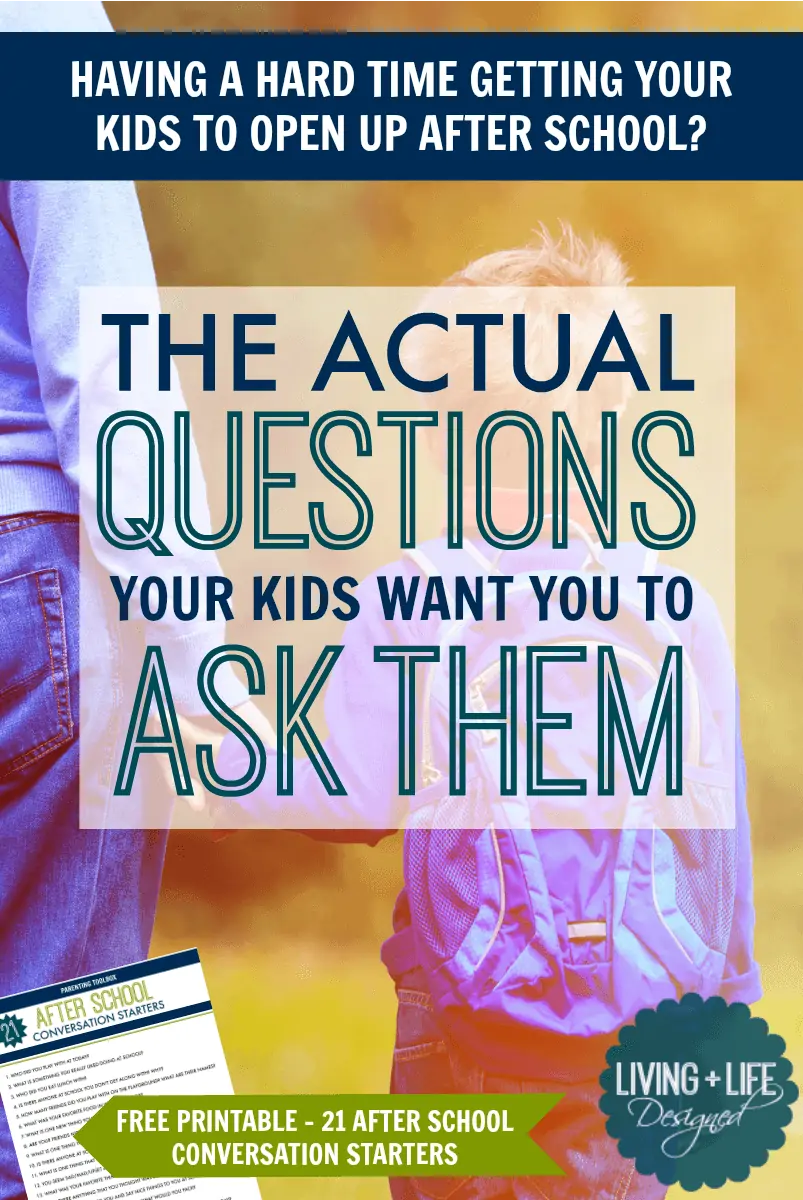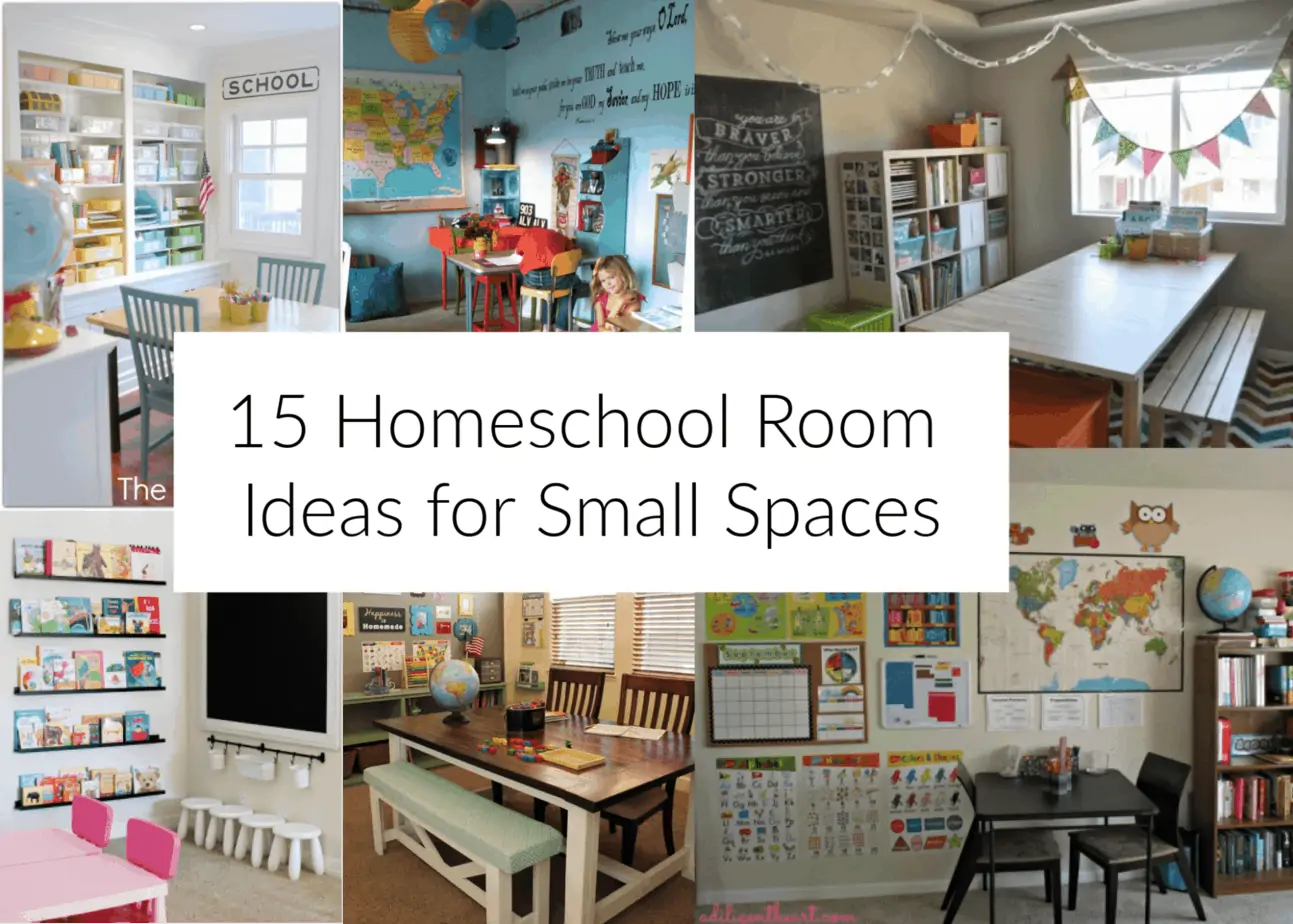If you find yourself as one of the many parents fantasizing about taking your child’s education into your own hands, you’re probably wondering the first step on how to homeschool. Here is a comprehensive guide to answer all of your questions and give you some in-depth insight into how homeschooling works.
How Homeschool Works: A Comprehensive Guide for Parents
With YouTube videos, Zoom calls, free Pinterest worksheets, and everything the power of the internet has to offer, homeschooling has never been more accessible to those looking for a change in lifestyle for their kids.
The fantasy and reality of homeschooling are very different, with plenty of pros and cons that you may have never thought of. Homeschooling provides more freedom than you would have ever found in a traditional school and an environment free from bullying and peer pressure.
Your child will also have the ability to learn about things that actually interest them.
Doesn’t that sound exciting!?
Homeschooling Laws In Your State
When learning about how to homeschool, it’s a good idea to first check out your state’s homeschooling laws. While homeschooling is legal in all 50 states, it varies immensely based on where you live.
Some require teaching to be done only by those who are certified, while others offer an incredible amount of flexibility when it comes to curriculum. Your view may change after reading these laws, or you may find you have to follow a specific framework.
Getting in the right mindset right away is a good place to start.
If you’re considering homeschooling, you can find your state’s laws over at the Home School Legal Defense Association.
How Does Homeschool Work?
I asked myself this question as well and wanted to know everything I could. So, here is a breakdown of how homeschooling works and everything it entails.
Create a Homeschool Home Base
Now this one may seem glaringly obvious, but it needs to be said! Homeschooling involves a lot of time spent at home. This goes for parent and child, as the schedule of the two is often blended. One minute you’re learning all about the gold rush, the next, you’re running to the grocery store together.
You have to be a little bit more creative when it comes to finding resources. Yes, you can purchase pre-organized curriculums, workbooks, and textbooks, but they can get pricey.
You can also look online for resources, stream videos, hit up the local library, and plan all sorts of hands-on activities. The beauty is that you get to be in charge, with the home being your headquarters!
A Customized Structure
Forget about school bells… homeschooling works by letting you come up with your own routine and structure. When homeschooling, you do not spend a whole day doing work.
While that may sound like less than a traditional school, it really adds up to be the same. When you remove all those in between activities like recess, lunch, taking the bus, daydreaming out the window, walking between classes, and all that jazz, you really spend the same amount of dedicated learning time.
A major difference is that homeschooling can get more creative in how the child learns. It should include many interest-led activities and free-thinking. Many homeschool kids end up skipping grades because they are learning things they are interested in. After all, excitement means quicker learning. However, you can go completely at the pace best for your child.
Full-time working parents can even homeschool due to having a flexible structure. It’s ideal when one parent works from home or two parents have alternating work schedules. Homeschool does take some finessing to figure out a schedule that works well for everyone.
Expect Lots Of Playing
Compared to a traditional school, your child is going to have lots more time to play. When you take out all the stuff at school that eats up time, your child can now use that time to do what they enjoy most.
This is especially amazing for creative kids who like a lot of time to craft, conjuring their own worlds, and have very active minds. While “playing” usually implies activities such as playing with toys and teddy bears, it also translates as you get older and can be anything from crocheting to biking around the neighborhood.
Beyond education, it is also about sharing life experiences with their family. You will get so much more time together, and the strong bond will be noticeable.
Homeschooling “play” also can mean dedicating time to a passion that develops at an early age. Think of everyone from athletes to young entrepreneurs: The Jonas Brothers, Simon Biles, and Emma Watson are just some of the people who benefited immensely from homeschooling and its ability to adapt to their unusual lifestyle.
Family Values
Whether it’s a public school or a private one, every curriculum has certain ideologies that it teaches. These ideologies are the root of every subject and can make a huge difference in how your child thinks.
By homeschooling, you are now in charge of all the academic, social, political, religious, and family values that will be taught. No matter the type of homeschool you choose, the parents are always in charge of the education.
Now, this doesn’t necessarily mean that you will be teaching every subject, but you will be overseeing the learning at least. You know what is considered important to you and your family and can customize a curriculum that will meet your child’s needs and goals.
Socialization While Homeschooling
One of the biggest concerns many parents have about homeschooling is the fear that a child won’t develop adequate social skills. Really, it comes down to the child as some are naturally more social than others.
Many kids suffer from social anxiety in school and may find real-world interactions a better way to make new friends. Yes, you do see school friends every day at a traditional school, but homeschooling just means it takes a little more work to ensure your kid is getting plenty of time with kids their own age.
Between homeschooling groups and organizations, it’s even easier than before to socialize. Your child can also make friends at the playground or park, at summer camp, playing sports, hanging out with the neighbors, through volunteering, youth groups, and other extracurricular activities.
How To Homeschool: Choose Your Program Style
Now that we’ve answered the general question of how does homeschool work, your brain may be already planning out a curriculum.
When it comes down to programs, there are a few different ways of structuring your child’s learning. Take a read and see which ones stand out to you.
Traditional Programs
Traditional programs aim to mirror a school setting in the home. Typically, the parent will buy and follow a curriculum, textbooks, workbooks, and other resources to guide their child’s education.
Like school, you work on each subject for a set period of time. This can be every day, once a week, or through dedicated semesters. Kids will still have tests and assignments. The parent is completely in charge of leading the learning as well as the recordkeeping.
Online Learning
If the idea of teaching stresses you out, but you would like your child to be homeschooled, online learning is another home-based option. This approach requires less teaching on your part as the curriculum is laid out online with activities, videos, and assignments.
The one thing to note about online learning is that it may not be as flexible as other programs. Some online programs have set log-in times to maintain accountability and live classes that your child must attend.
How To Homeschool With Blended Learning
If the idea of teaching some subjects scares you, a blended approach to learning might be the right fit for you. This uses both traditional and online programs, allowing you to customize your teaching to what you feel comfortable with.
Ideally, it is still centered around your child’s interests but also allows you to teach the subjects you know and love to teach best.
Unschooling Method
Rising in popularity, unschooling (this is a great book on unschooling I think you’ll like) doesn’t follow any kind of pre-planned curriculum. Instead, it is based on the child pursuing their own personal interests and building life experience around those interests.
Rather than learning about subjects they have no care for, they can focus on personal learning that they enjoy the most. This can mean activity-based learning done through traveling, household activities, extracurricular activities, jobs or internships, and more.
Unschooling is based on the belief that you don’t need to tick off boxes about what should be learned at what age. Instead, ask yourself what interests your child the most. Unfortunately, this form of schooling can only be done in states that have less strict homeschooling regulations.
The Takeaway
This is just the tip of the iceberg when it comes to homeschooling. Continue to do plenty of research and see what options and resources are available in your area. Get ready for a whole new world of fun with your child!
More Homeschool Inspiration
- How To Create A Homeschool Schedule (That Works)
- 11 Disadvantages of Homeschooling to Consider
- What’s the Difference Between Remote Learning & Homeschool?
- 15 Inspiring Homeschool Room Ideas for Small Spaces
- Pros and Cons of Homeschool & How Do You Homeschool?
- How To Identify Your Children’s Reading Levels + Which Books to Read
- 11 Helpful Charts for Kids: Chores, Reward & Daily Routines to Help Kids Thrive
- Create a Routine: 6 Sample Toddler Schedules from Real Moms
Want even more?
Shop All Parenting Resources
Shop all of our parenting resources from self-regulation tools and managing big emotions to building self esteem and confidence. There are resources for all seasons of life!








